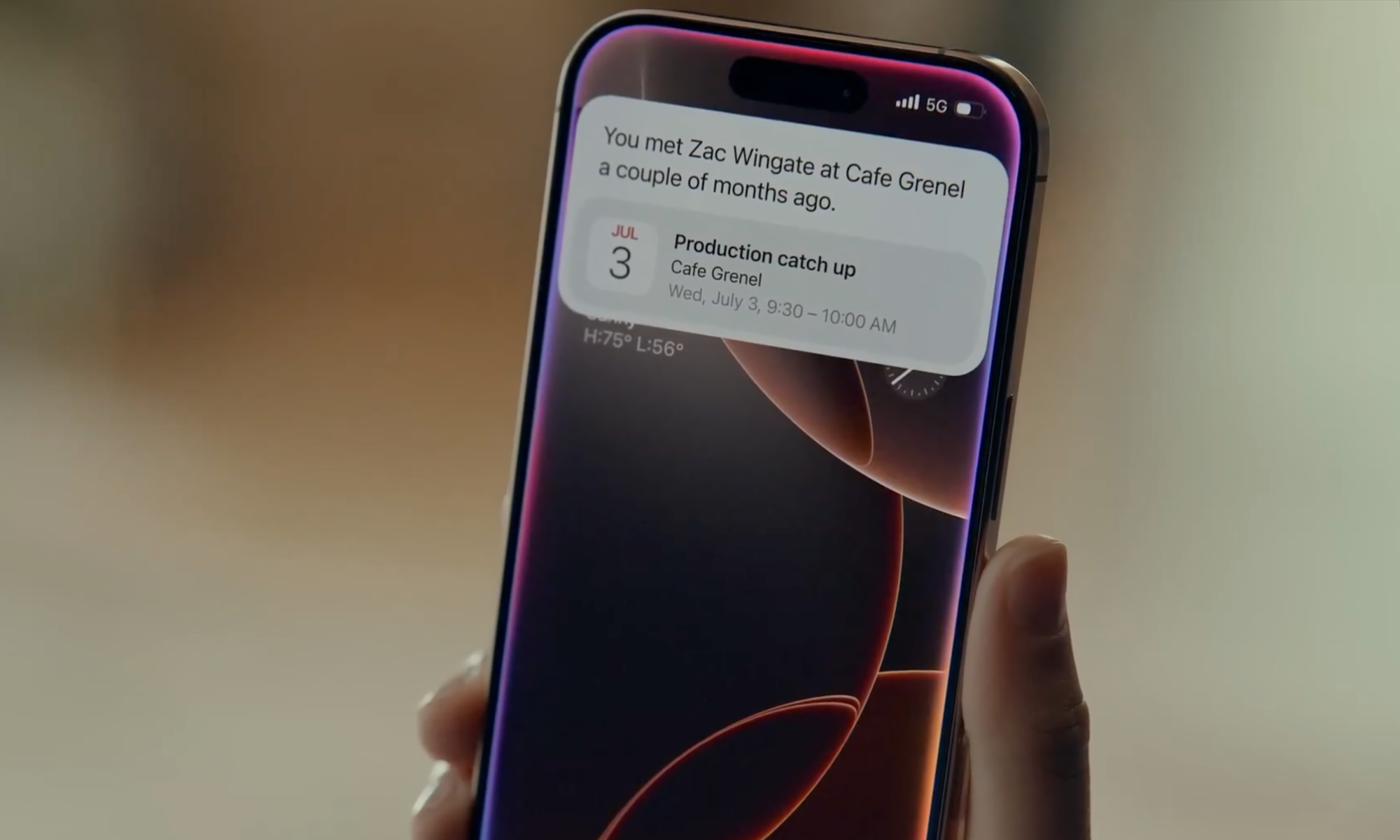New Report Exposes Internal Turmoil Behind Apple’s AI-Powered Siri Failure
 Credit: Apple
Credit: Apple
Toggle Dark Mode
A new report from The Information exposes the internal chaos behind Apple’s revamped AI-powered Siri.
The report says Apple considered multiple approaches to how the backend of Apple Intelligence would work, considering at first to build both small and large language models (“Mini Mouse” and “Mighty Mouse”) which would run solely on-device and in the cloud, respectively. However, the leaders of the project eventually decided to go with a single LLM that would handle all requests in the cloud, only to make changes in direction further down the line.
This led to frustration for Apple engineers, even spurring some of the project’s staff members to leave Apple for greener pastures.
Many of the issues can be traced back to Apple’s solid stance on protecting its users’ privacy and clashing personalities inside the firm. Several former Apple employees who worked in Apple’s Machine Learning and AI Strategy group told The Information that the company’s overly relaxed culture, poor leadership, and a lack of eagerness to take risks also doomed the project.
Apple’s AI/ML group, which has internally been given the moniker “AIMLess,” was viewed by employees as a “hot potato” as it was passed among different teams that made no significant advances in the project. Employees also mentioned other conflicts, including those about higher salaries, more vacation time, shorter hours, and faster promotions for those in the AI group.
The report’s sources say Apple’s AI chief, John Giannandrea, believed that Siri could be fixed with the proper training data and improved web scraping for answers to general knowledge queries. The 2022 debut of ChatGPT failed to provide a sense of urgency among the project’s senior leaders, with Giannandrea telling the group that chatbots like ChatGPT didn’t add much value for users.
Engineers were only permitted to use models from other companies to benchmark their own LLM development — they were forbidden from using any part of other companies’ LLMs in final products. Unfortunately, Apple’s in-house models “didn’t perform nearly as well as OpenAI’s technology.”

Siri leader Robby Walker is said to have focused on “small wins,” like reducing Siri response wait times. He also had engineers concentrate on making it possible to say “Siri” instead of “Hey Siri” to summon Apple’s virtual assistant. This single change was in development for over two years before it was ready for users in iOS 17. Engineers also wanted to use LLMs to grant more emotional sensitivity to Siri, allowing it to detect and give appropriate responses to users when they were in distress. However, Walker quickly shot down that idea.
Many features were dropped due to the Siri team’s inability to pull them off. This included a project codenamed “Link” to develop voice commands to complete tasks on the Apple Vision Pro. The project also intended to allow multiple users to make commands while collaborating in a shared space.
The most impressive Apple Intelligence features that Apple showed off at its 2024 Worldwide Developers Conference (WWDC), like Siri accessing a user’s emails to find real-time flight data and plot routes in maps, were artificially crafted demonstrations. The report says members of the Siri team were surprised by the demo, as they had never seen working versions of the demoed capabilities. The only feature from the demonstration that actually worked on test devices was the pulsating ribbon of color that appeared around the edges of the iPhone’s display when Siri is summoned.
The fabricated demonstration at WWDC was a complete 180-degree pivot from Apple’s traditional approach to product demonstrations, as the company typically shows off features and products only when they’re actually working on test devices.
There is hope among some Apple employees that the project can be turned around, thanks to leadership from Craig Federighi and Mike Rockwell. The report says Federighi has told Siri engineers to “do whatever it takes to build the best AI features,” including using open-source models from outside sources.







